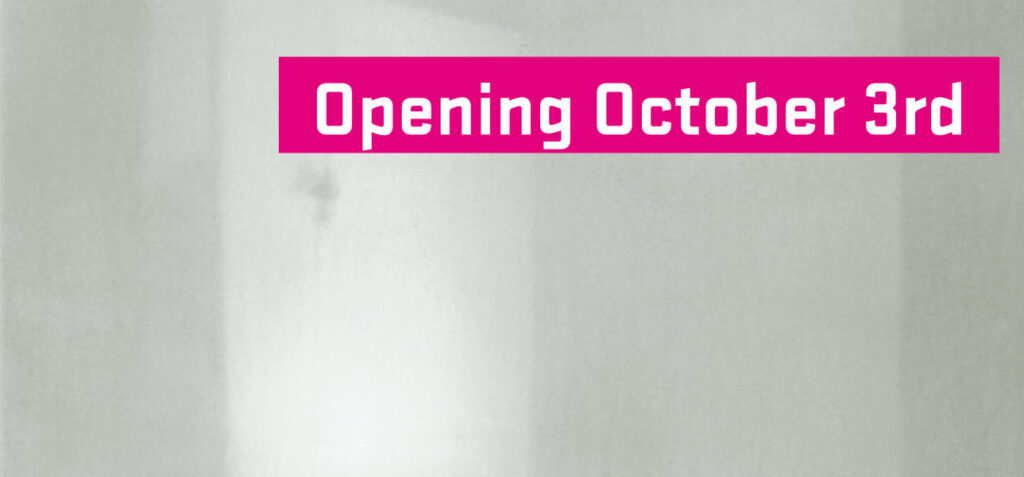
03.10. until 31.10.
every Wednesday 17-19 o'clock
“And you have no part in the afterlife?”… ‘I am,’ replied the [dead] hunter, ”always on the great staircase that leads upwards. On this infinitely wide staircase I am moving around, sometimes up, sometimes down, sometimes right, sometimes left, always on the move. But when I take the greatest upswing and the gate already shines for me at the top, I awake on my old boat, stuck in some earthly body of water. (F. Kafka, Der Jäger Gracchus; fragment, published posthumously)
Maximiliane Leni Armann’s figures, which appear as shadows on the viewer’s retina, are revenants in search of a fixed place and returning from an indeterminate past that seems to lie in the future. But revenants, ghosts, require representation in order to communicate with us. In Armann’s work, these are photographic prints on backlit foil, in which they appear to us in an indeterminate and fleeting presence that they have never possessed. In contrast to the literary revenants, which always refer to an omission, an unfulfilled desire, in the series “sitting on {..}” they are 3D characters from virtual space. The artist places them in a seated pose, burns them into light-sensitive photographic paper, which is taped over the laptop screen, and presents them in life-size prints. Their aura is so fleeting and yet so present that for a moment they seem to contain a story and an authentication that what one sees was actually there. However, this “aura of the corporeal”, this alchemical connection between object and image for Roland Barthes, visibly evaporates in Maximiliane Leni Armann’s work. This is not about an authentic trace, a contact print of reality. The appearances that emerge in the photographic prints are much more like reflective figures of an Other that complements us in a (re)constructed reality. This reality takes place in different spaces at the same time, which increasingly influence, condition and intertwine with one another.
At the thresholds of these spheres of digitality, virtuality and (constructed) reality, however, there are passages of transition, liminal spaces. The artist has had these created by AI and takes us to these thresholds in the series “traces” (screen exposures on photographic paper), which stretch between a not-yet and a no-longer. These are spaces that have never existed, that seem strange to us and yet so secretly familiar that a disturbing, uncanny space, a ghostly “uncanny valley” opens up for the viewer at this threshold. But in front of everything ghostly, whatever it may represent and whatever cultural forms it may take, there is always an (inescapable) mediality, a vehicle, a medium. Maximiliane Leni Armann finds a lucid symbol for this: “Zero and One”, two light boxes with images of the front sides of two different monitor screens represent these medial worlds, formulate their depictiveness, question their function as a reception room, gateway and projection surface and communicate these constantly new questions back into the future.
Text: Franz Schneider